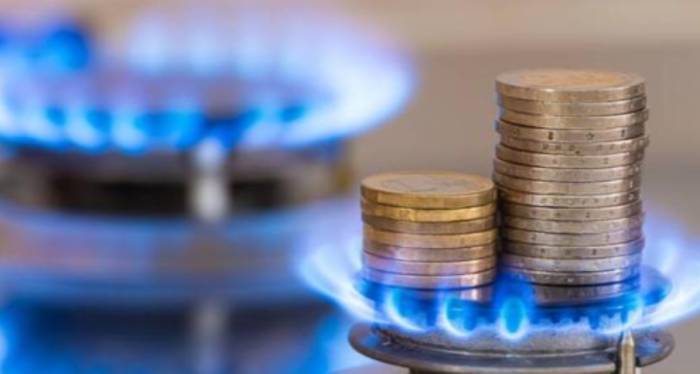- 2024-08-05
- News
China's US Natural Gas Imports Soar by 58%
Recently, a news report published by Caixin Media has touched the hearts of many Chinese people, making it somewhat hard for many "patriots" to accept.
The main content is that, according to data from the General Administration of Customs, China imported 32.42 million tons of liquefied natural gas (LNG) from January to May this year, a year-on-year increase of 18%. Among them, LNG imported from the United States increased by 58% year-on-year; at the same time, LNG imported from Russia fell by 5.6% year-on-year.
What's going on?
China is an energy superpower, could it be short of natural gas? Even if domestic production is insufficient, why not import more from friendly countries like Russia, but instead buy so much from the United States, which is choking us?
Let's address everyone's doubts one by one.
China is indeed an energy superpower, but it is also a major energy importer due to insufficient domestic production capacity. For example, our country is the largest importer of oil in the world, forming a stark contrast with the United States, the country with the largest export volume.
Advertisement
You must have heard the saying, "China's economy is outside at both ends, and inside in the middle," right? One of the "outside ends" refers to raw materials and energy, which we need to import from overseas.
Natural gas is no exception.
According to the data, it is estimated that the national natural gas consumption will be 415.7 billion cubic meters in 2024, while the domestic natural gas production this year is 245.8 billion cubic meters.
This means that the volume of imported natural gas will reach 179.1 billion cubic meters, and China's dependence on foreign natural gas is as high as 43%.
It can be seen that we need to purchase natural gas from abroad, and we cannot meet the needs of corporate production and residents' lives solely on our own.Given this, wouldn't it be better to directly import from Russia? After all, the "big goose" has an extremely abundant domestic natural gas reserve, and we have a good relationship with them. Why insist on buying American natural gas from afar instead of the nearby?
Firstly, we are not refraining from buying Russian natural gas; on the contrary, we have purchased a significant amount. We have even laid pipelines specifically for the transportation of natural gas, directly connecting the production sites in Russia to the domestic consumption areas.
Secondly, natural gas is categorized into two types based on its storage form. The gas that is transported through pipelines is in gaseous form and is known as pipeline natural gas. The other form exists as a liquid and is called Liquefied Natural Gas (LNG). What we import from the United States is the latter, LNG.
Different scenarios require different forms of natural gas.
Provinces bordering Russia can cost-effectively purchase pipeline natural gas, as the pipelines are directly connected to Russia. However, there are also many regions and islands in our country that are far from Russia. Laying natural gas pipelines in these areas would either be too costly or even impossible, which necessitates the use of LNG.
LNG is natural gas in its gaseous state that has been compressed into a liquid and stored in tanks. It can be transported to the demand locations from all over the world via LNG ships, without the need for pipelines. It can also be transported overland using special vehicles to bring LNG to the natural gas production sites. Often, this method is more economical.
Therefore, China has an import demand for liquefied natural gas.
Lastly, American LNG is indeed relatively cheaper.
In the first five months of this year, China imported more than 1 million tons of LNG from seven countries, ranking in order as Australia, Qatar, Malaysia, Russia, Indonesia, the United States, and Papua New Guinea. China's imports of LNG from Malaysia and the United States have a strong competitive edge, being below 4,000 yuan per ton, while other regions exceed 4,000 yuan per ton.

By the way, the United States has certain advantages in liquefied natural gas production technology. Despite having higher transportation distances and costs compared to other regions, the comprehensive unit price remains lower. This has allowed the United States to surpass Australia and become the world's largest exporter of liquefied natural gas.In summary, the significant year-on-year increase in liquefied natural gas (LNG) imports from the United States during the first five months of this year in our country is not strongly related to political factors or the relationship between the United States and Russia; it is mainly due to economic or profit considerations.
In fact, according to the latest TIC report released by the U.S. Department of the Treasury, China increased its holdings of U.S. Treasury securities by $3.3 billion in April. Many netizens are urging China to sell all its U.S. Treasury securities, but the central bank has started to increase its holdings, which confuses many people and they do not understand the reason.
In reality, the logic is similar to importing LNG from the United States; there is no need to associate it with politics. The decision to increase or decrease holdings of U.S. Treasury securities is primarily based on investment returns and the need for foreign exchange cash in the near term.
- 187 Comments
- 158
- 200